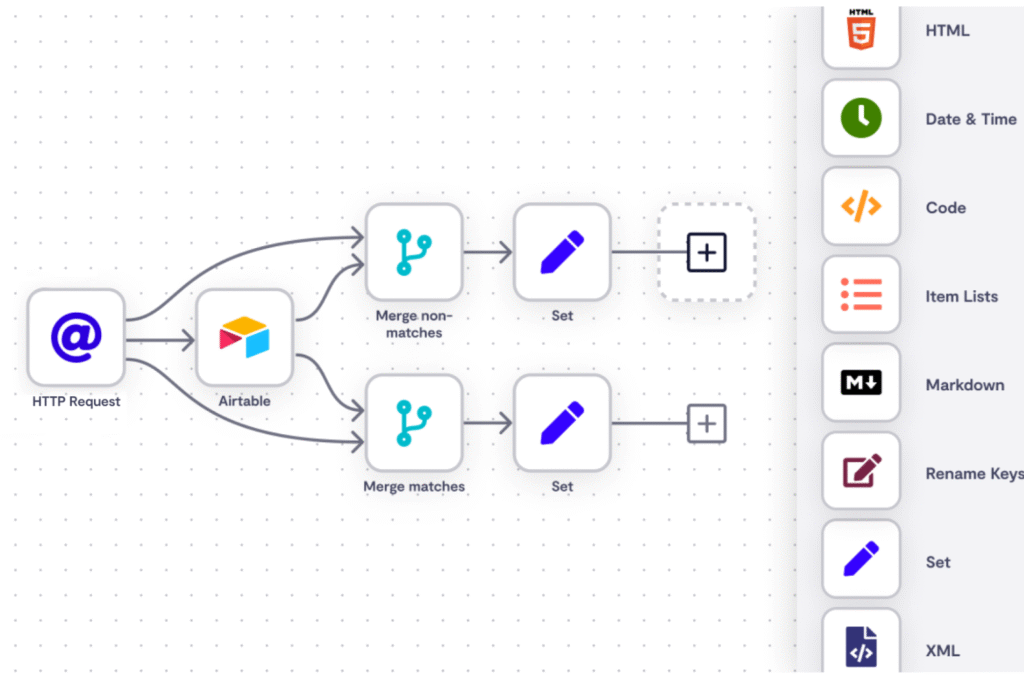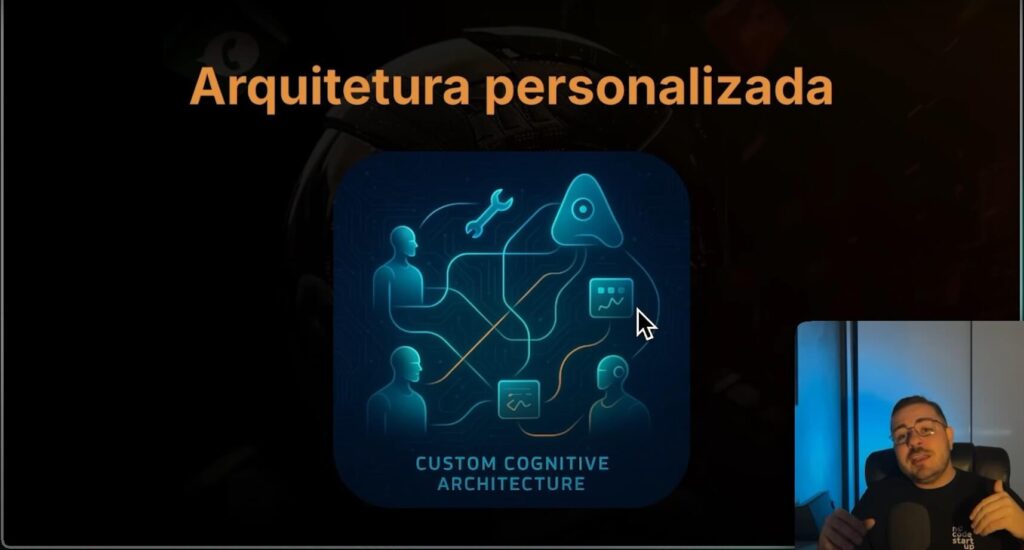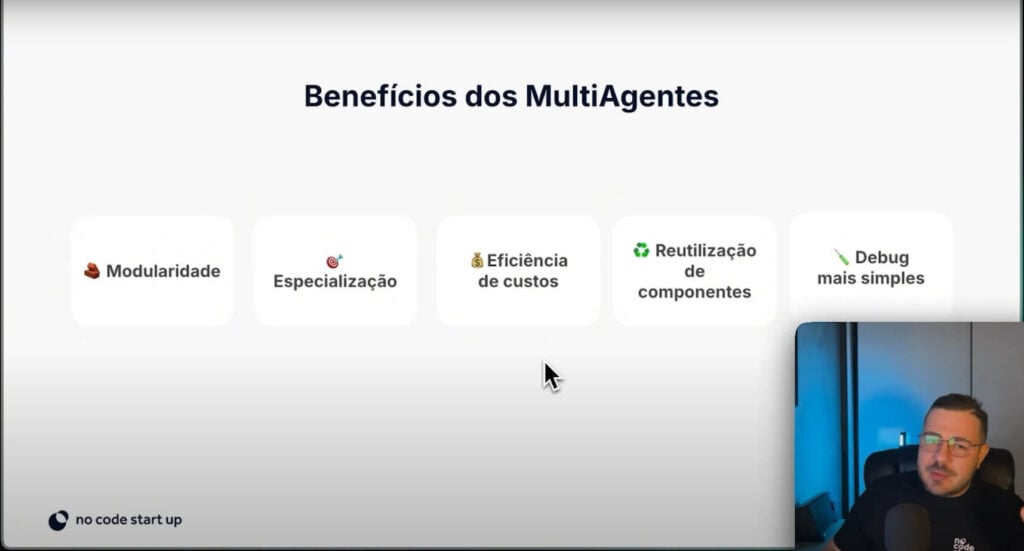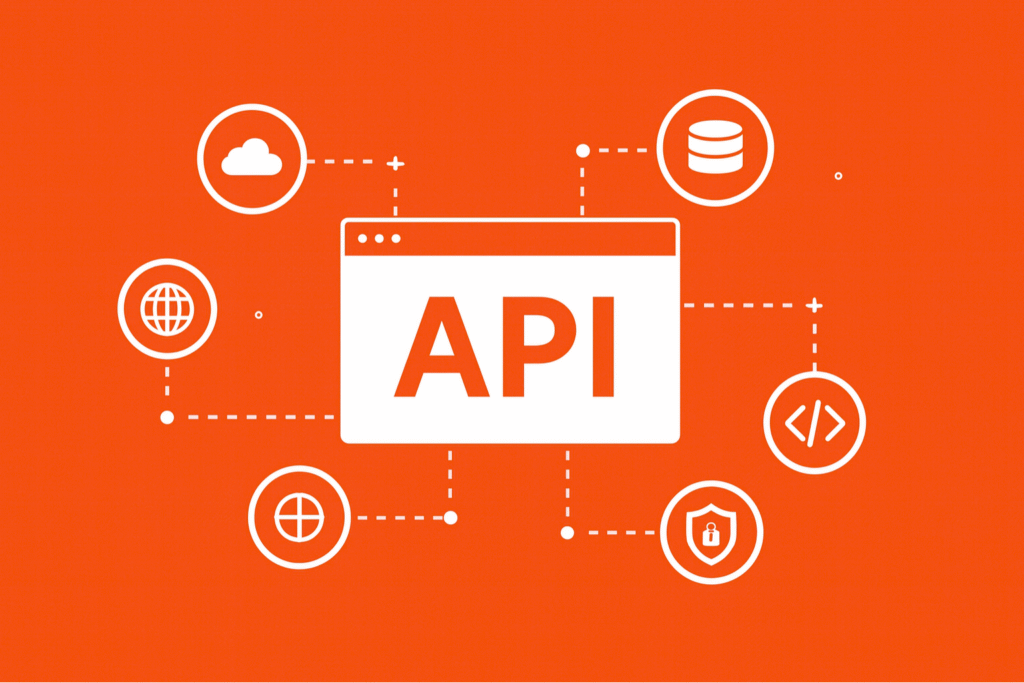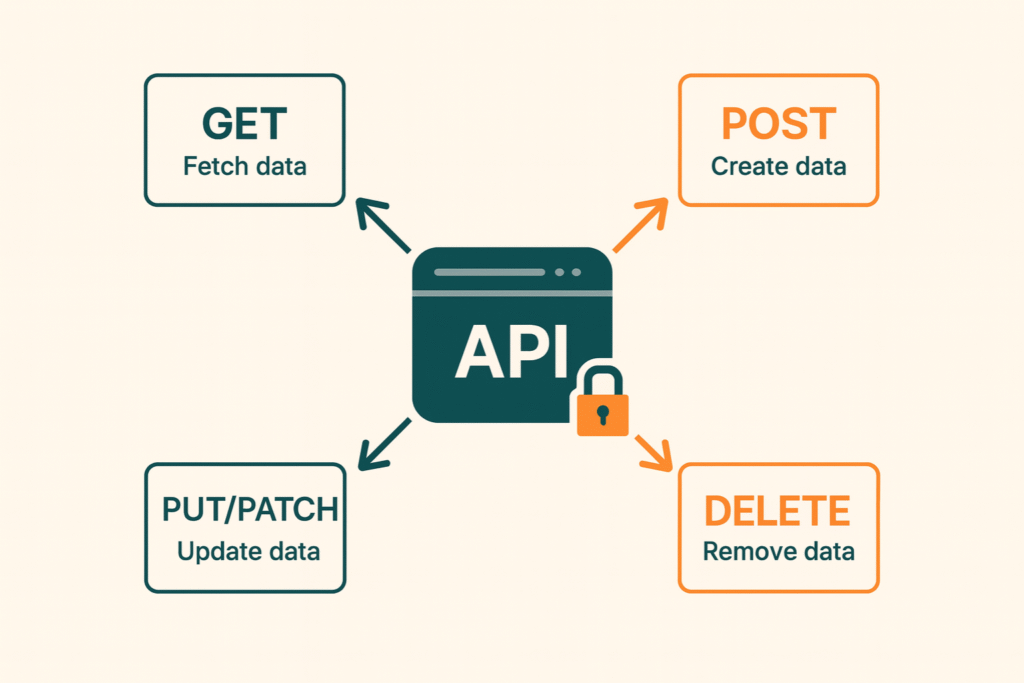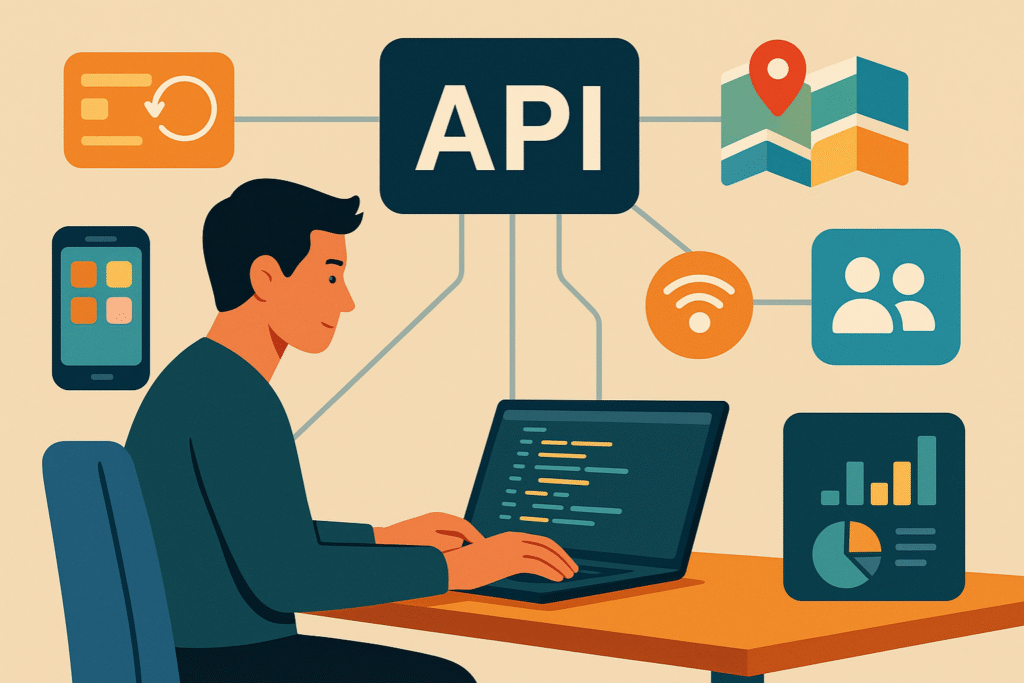You audiobooks com IA estão revolucionando a forma como consumimos conhecimento, entretenimento e informação.
Em um mundo cada vez mais acelerado, ouvir livros narrados por inteligência artificial tornou-se uma solução acessível, produtiva e tecnologicamente inovadora.
Além de economizar tempo, essa tecnologia oferece oportunidades transformadoras para autores, editoras e empreendedores digitais.

O que são Audiobooks com IA
Audiobooks com IA são versões em áudio de livros, produzidas com vozes geradas por inteligência artificial.
Diferente das gravações tradicionais feitas com narradores humanos, essas versões utilizam modelos de voz neural treinados para reproduzir entonação, pausas e expressividade de forma natural
Essa tecnologia avançou tão rapidamente que, em muitos casos, é difícil distinguir uma voz sintética de uma humana. Isso reduz drasticamente os custos de produção e democratiza o acesso à criação de conteúdo em áudio.
Como funciona a tecnologia de voz sintética
A base dos audiobooks com IA está em modelos de deep learning, como os de Text‑to‑Speech (TTS), que convertem texto escrito em fala com alta naturalidade.
Entre os mais populares estão o Amazon Polly, Google Cloud Text‑to‑Speech, Azure AI Speech e ferramentas como ElevenLabs.
Modelos neurais de voz
Esses modelos são alimentados por redes neurais profundas que aprendem os padrões de fala humana.
Durante o treinamento, eles analisam milhares de horas de gravação para replicar aspectos como ritmo, timbre e ênfase.
Um marco nessa evolução foi o estudo Tacotron 2, que demonstrou síntese de voz quase indistinguível da fala humana.

Benefícios práticos dos Audiobooks com IA
O uso de audiobooks com IA não é apenas uma questão de praticidade. Ele traz benefícios concretos para diversos tipos de usuários:
Para autores independentes
Autores que desejam ampliar seu alcance podem transformar seus livros em áudio sem os altos custos de estúdios e narradores profissionais. Isso permite lançamentos multiplataforma mais rápidos.
Para empresas e educadores
Empresas podem utilizar a tecnologia para treinar colaboradores com conteúdo em formato de áudio. Educadores também conseguem adaptar livros didáticos ou materiais instrucionais para facilitar o consumo de informação por alunos.
Para pessoas com deficiência visual ou TDAH
Audiobooks gerados por IA são acessíveis e personalizáveis. Pessoas com baixa visão, dislexia ou dificuldades de leitura se beneficiam enormemente desse tipo de recurso, em consonância com as diretrizes de acessibilidade do DAISY Consortium.
Ferramentas populares para criar audiobooks com IA
Diversas plataformas estão se destacando no mercado por permitir a criação de audiobooks com IA de forma rápida e com qualidade profissional.
ElevenLabs
Reconhecida por sua precisão na reprodução emocional da fala, a ElevenLabs é ideal para quem busca criar narrativas envolventes com múltiplas vozes e idiomas.
Play.ht
Com opções de vozes em mais de 100 idiomas, o Play.ht é uma excelente escolha para autores que desejam internacionalizar seus livros.
Narakeet
Ferramenta com foco em usabilidade simples e integração com outros tipos de conteúdo, como slides e vídeos educacionais; o Narakeet facilita a publicação multiformato.

Casos de uso e aplicações reais
You audiobooks com IA estão sendo adotados em diversas indústrias e contextos de uso:
Mercado editorial
Editoras estão utilizando a tecnologia para relançar catálogos antigos em formato de áudio, monetizando acervos sem custos adicionais elevados.
Infoprodutores e creators
Profissionais de marketing digital estão convertendo e‑books e guias em áudio para ampliar formatos de consumo em suas audiências.
Plataformas educacionais
Empresas de EAD estão usando audiobooks com IA para entregar conteúdo a alunos em jornadas de aprendizagem flexíveis e multimodais.
Riscos e cuidados ao usar IA na narração
Apesar das vantagens, é importante entender os desafios e limites dos audiobooks com IA. Um dos principais é o uso ético da tecnologia, especialmente quando se trata da replicação de vozes humanas sem consentimento.
Casos como o retratado pela IEEE Spectrum, em que pacientes com ELA recuperam a capacidade de se comunicar por meio de síntese neural, mostram o potencial social da tecnologia, mas também a urgência de políticas claras para uso responsável.
Também é importante considerar que nem todas as vozes sintéticas transmitem a mesma carga emocional ou compreensão cultural que um narrador humano.
Tendências futuras dos Audiobooks com IA
De acordo com o relatório 2025 da Grand View Research sobre o mercado de audiobooks, o segmento deve crescer a um CAGR de 26,2% até 2030.
A evolução dos audiobooks com IA está diretamente ligada à melhoria dos modelos de linguagem e das técnicas de sintetização de fala.
Integração com agentes inteligentes
No futuro próximo, audiobooks poderão ser interativos, permitindo ao ouvinte realizar perguntas em tempo real ou ajustar o estilo de narração com base em preferências pessoais.
Personalização de vozes e estilos narrativos
Usuários poderão escolher entre diferentes estilos de narração (calmo, animado, dramático) e ajustar a experiência auditiva conforme seu humor ou contexto.

Como aprender a criar audiobooks com IA
Se você deseja aprender a criar seus próprios audiobooks com IA, existem cursos e plataformas que ensinam passo a passo como utilizar ferramentas como ElevenLabs, Play.ht, Murf.ai e outras.
Recomendamos que você conheça o conteúdo do Blog da No Code Start Up para acessar tutoriais práticos, estudos de caso e dicas sobre produção de conteúdo com IA.
Também é possível aplicar conhecimentos de automação com ferramentas como N8N para acelerar a produção de áudio em escala.
Oportunidades profissionais e de monetização
Com o crescimento da demanda por conteúdo em áudio, dominar a criação de audiobooks com IA se torna uma habilidade altamente lucrativa.
Seja como freelancer, produtor de conteúdo ou autor independente, você pode monetizar seu conhecimento em plataformas como Amazon Kindle, Spotify, Hotmart e outras, além de conferir o guia da TechRadar sobre os melhores apps de speech‑to‑text para expandir seu repertório de produtos em áudio.
Plataformas de IA como Dify or Bubble também permitem criar aplicações e assistentes personalizados com funcionalidades de leitura em voz alta integradas.
Hora de colocar a voz da sua marca no mundo
You audiobooks com IA representam um novo capítulo na relação entre conteúdo e audiência. Eles transformam leitores em ouvintes, facilitam o acesso ao conhecimento e ampliam a inclusão digital.
A tecnologia está pronta e acessível para qualquer pessoa que deseje explorar essa nova fronteira.
Este é o momento ideal para se posicionar de forma estratégica. Seja para educar, entreter ou vender, usar inteligência artificial para criar experiências auditivas pode ser o diferencial competitivo que você procura.
Para continuar aprendendo e dominar o uso da IA na criação de produtos digitais, explore os cursos da No Code Start Up e comece a transformar seu conhecimento em ativos digitais.



